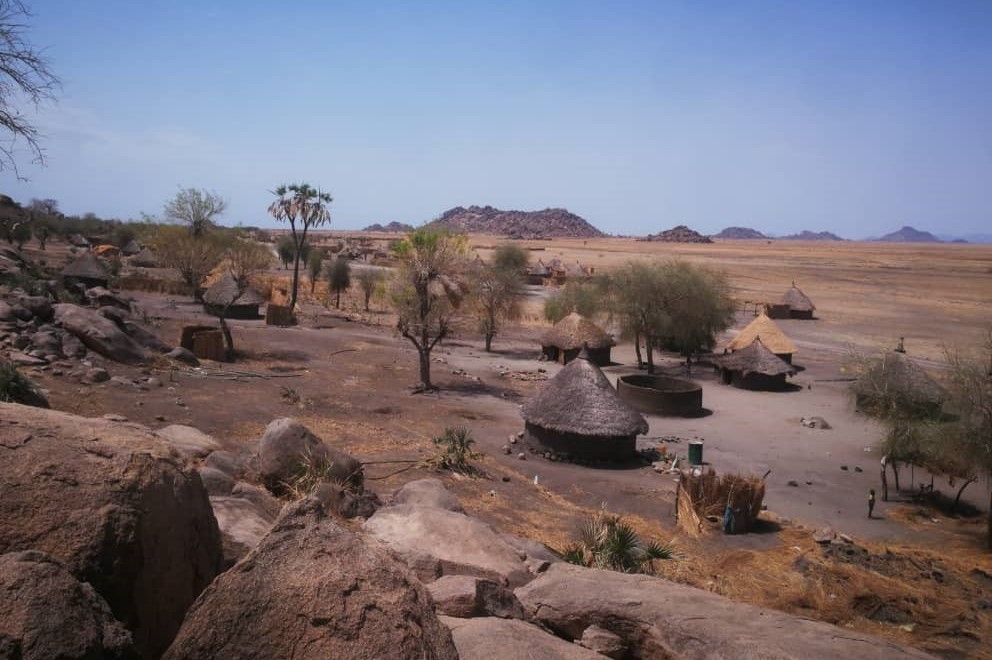Using Open-Access Data to Determine Potential Rainwater Harvesting Sites in the Blue Nile Basin, Sudan and Ethiopia
Main Article Content
Abstract
Rainwater Harvesting (RWH) is the systematic collection, storage, and utilization of rainwater, and it can contribute in satisfying current and future water demand in water-scarce regions. The main challenge to successfully implementing RWH applications is selecting the most suitable RWH sites and correctly assessing which methods to apply. Another challenge is the lack of reliable data in locations where RWH measures could improve the livelihood of the local population. A promising solution is the increasing number of online open-access data sources, such as remote sensing (RS) datasets that can substitute for in-situ observations and effectively identify potential RWH zones. This paper aims to identify potential RWH zones in the Blue Nile Basin (BNB) using such open-access data, which can help identify zones across the entire BNB. We used multi-criteria analysis (MCA), RS, and geographic information system (GIS). To achieve this aim, seven biophysical and socio-economic RWH criteria were selected. The results showed that using open-access data and the MCA approach to define potential RWH zones in the BNB is useful. High and moderate-suitability zones dominant in the BNB, with an area of 51% and 45%, respectively; the high-suitability zone is predominantly in Sudan and the moderate-suitability zone is mainly in Ethiopia. These results suggest that similar regions can apply our approach to efficiently identify potential RWH zones.
Article Details
Issue
Section

This work is licensed under a Creative Commons Attribution-NonCommercial-NoDerivatives 4.0 International License.

